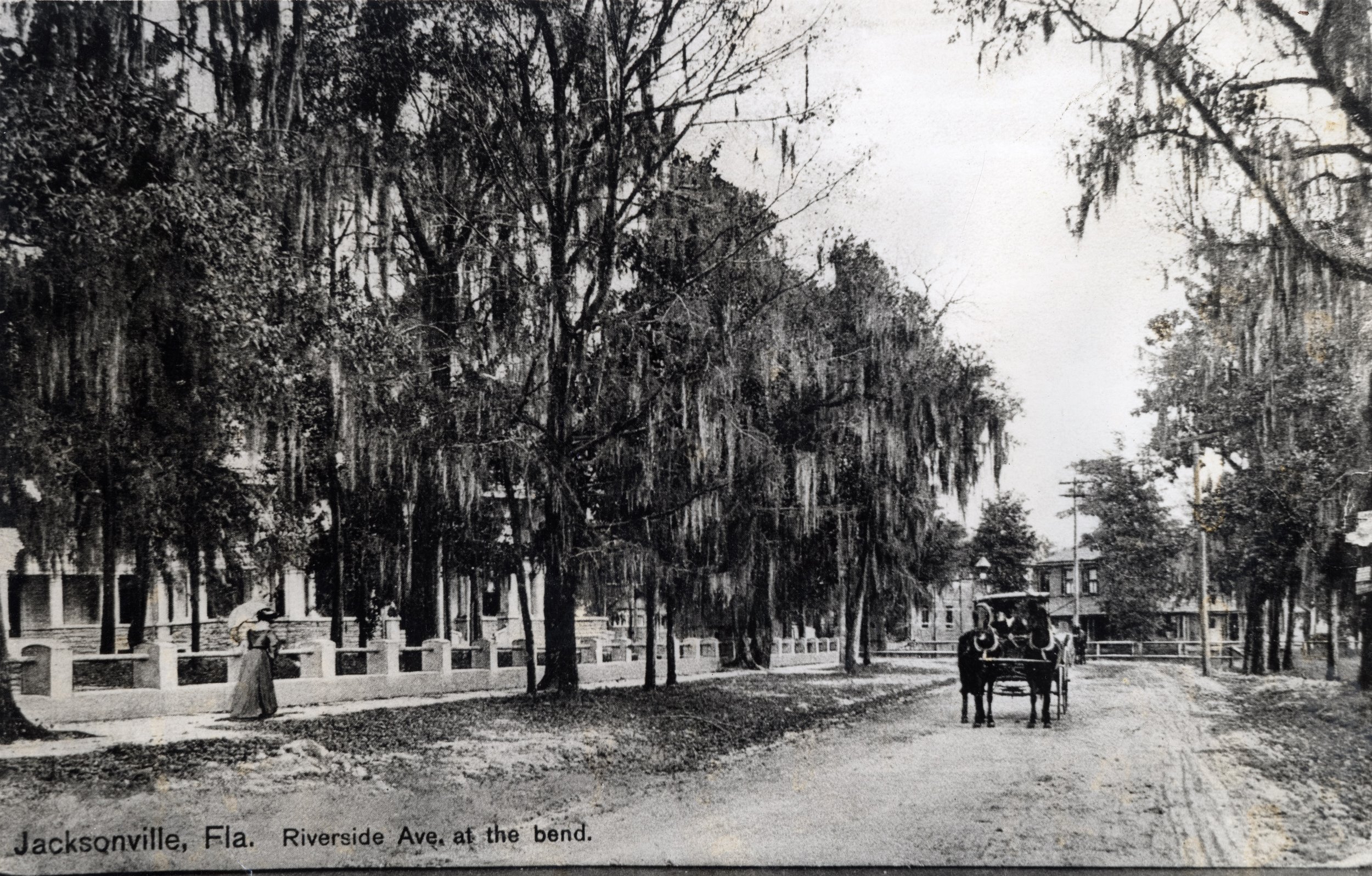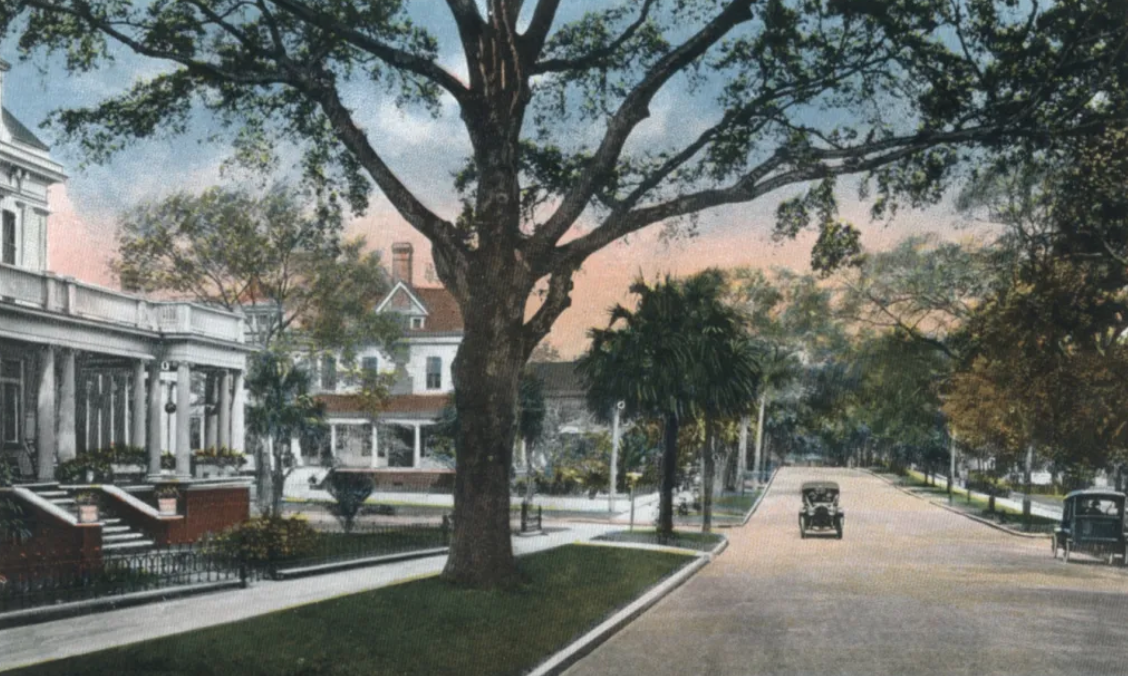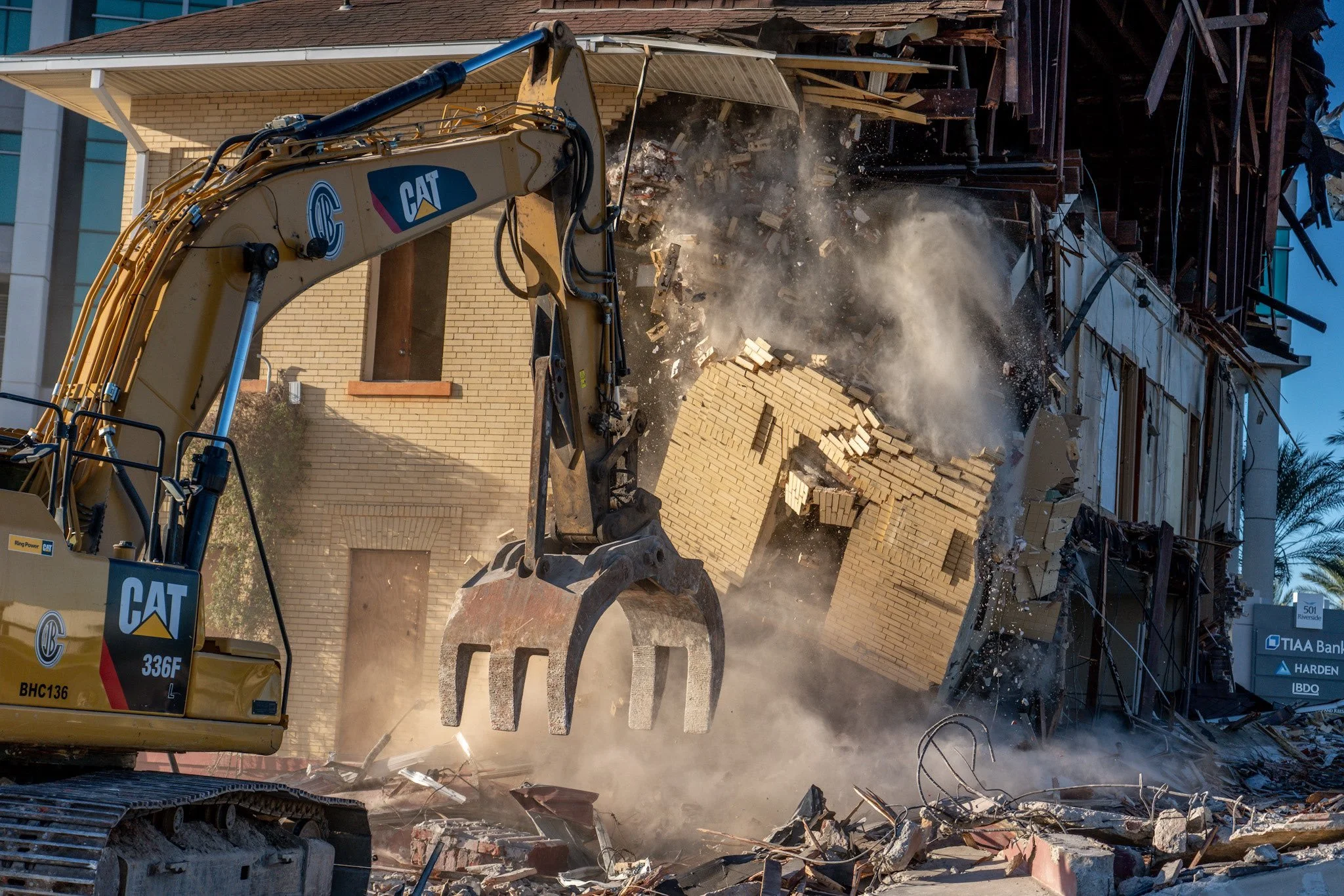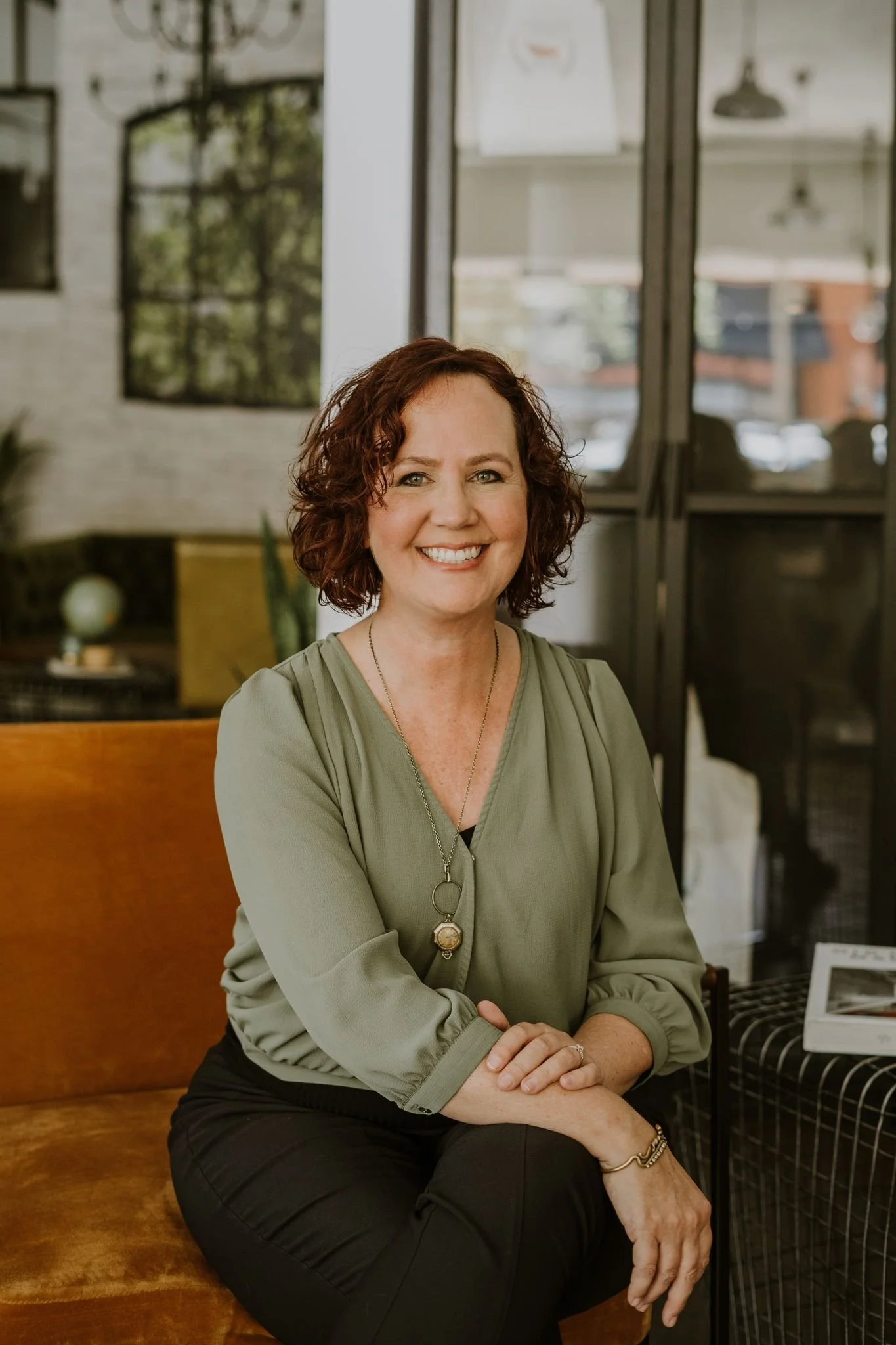“In the end, our society will be defined not only by what we create but by what we refuse to destroy.”
Edgewood Avenue
Considering moving to one of Jacksonville’s beautiful historic districts so you can live a more urban lifestyle in walking distance to parks, restaurants and museums? Or maybe you already live in a historic neighborhood where massive live oak trees draped with Spanish moss hold court next to 100-year-old homes that are built to last another 100 years if properly maintained. When I was serving as the Executive Director of Riverside Avondale Preservation, one of the biggest questions for homeowners was related to the approval process for working on these old gems. You are welcome to scroll to the bottom to find a link to the permitting process or you can take a journey with me to learn a bit about what qualifies as historic, why, and how we got here!
First, did you know that not all historic properties are governed by local law? Which properties are protected by local law has more to do with the history of historic preservation efforts in Jacksonville than the historic structures themselves. Historic designations are the result of the dedicated grassroots efforts of a lot of passionate people who understood that preservation was not just about saving buildings. Historic preservation saves and revitalizes communities, building on all that makes a neighborhood special.
Some Historic Background







Without getting too much into the weeds, a little history goes a long way. Here goes an extremely truncated history of how Jacksonville got historic districts. In 1901, a fire broke out at a mattress factory in downtown Jacksonville and in eight hours 146 blocks were destroyed, a total of about 2,000 buildings. The city went on high alert, sending out messages across the country to recruit architects and builders to come to Jacksonville, as money was being poured into rebuilding downtown. Hundreds of building professionals answered the call. Within five months after the fire, 1,000 building permits were issued!
Much of Riverside and Avondale was still fairly rural at this time (check out the rural photo of Riverside Avenue near Park and King). The architects and builders who came to Jacksonville not only rebuilt downtown, they stayed and expanded housing into Riverside and Avondale. They also challenged one another, using our City as an architectural proving ground. This is why there is such an amazing diversity of architectural styles in Riverside Avondale!
Ok, so fast forward to the 1970s (I know I skipped over decades of history but bear with me). The families that had once inhabited the beautiful mansions and quaint bungalows of our historic districts had moved out to more suburban areas. These beautiful old buildings started to fall into disrepair and in an effort to revitalize the area, the City of Jacksonville changed much of the residential zoning to commercial and office. This disjointed the residential character of much of the neighborhood and also led to historic buildings being demolished to make way for larger buildings to accommodate higher commercial and office uses. In reaction to historic buildings being demolished with speed, Springfield Preservation and Revitalization and Riverside Avondale Preservation were both formed in 1974 by concerned citizens who wanted to save what they knew was special about their neighborhoods. They did what they could to save historic buildings, one fight at a time. Both Springfield and Riverside Avondale were added to the National Register of Historic Places in the 1980s. But it wasn’t until the 1990s that the demolitions were stopped through local legislation. That is when the City adopted a historic preservation element into the comprehensive plan (a long term plan for the city). That element forced the City to start inventorying and protecting historic structures. Unfortunately, from 1970 to 1990 over 1,400 structures were demolished in Riverside Avondale alone. Clearly, the local legislation and protections were much needed.
“Politicians, old buildings, and prostitutes become respectable with age.”
Historic Designation Basics (Local = Legislated)
Historic properties can be locally or national designated (one is protected and the other is not). They can be designated as individual buildings (City Hall, Florida Theatre, for example) or whole districts, which are essentially a collection of buildings representing a time and place of architectural significance that are surveyed as a whole.
Florida Memory
National Register of Historic Places: In addition to a lot of individual buildings, Riverside Avondale, Springfield, Downtown, and parts of Ortega are on the National Register as Historic Districts. This is a great list of the National Register Properties in Jacksonville. The National Register designation is a honor, meaning it does not regulate changes made to individually listed properties or those within historic districts (except that the City does require what is called a “demolition delay” or a review by the JHPC (Jacksonville Historic Preservation Commission).
Local Landmarks and Historic Districts:: Riverside, Avondale, Springfield and the St. Johns Quarter are all locally designated historic districts. Plus, there are about 100 or so individually listed local landmarks. Any exterior work on locally designated properties requires a special permit called a Certificate of Appropriateness (COA) through the City of Jacksonville. The neighborhood organizations RAP and SPAR do not process COA applications or make decisions about your home renovations.
Undesignated Historic Neighborhoods: So many Jacksonville neighborhoods are packed with historic architecture but are not designated either locally or nationally. That doesn’t mean they aren’t worth designating. For some there is not the local support or drive for the designation process, and for others, too much historic fabric has been lost over the years to create a cohesive district. Some historic neighborhoods that are NOT designated either locally or nationally are Arlington, Durkeeville, Eastside, Lackawanna, Mandarin, Mixontown, Murray Hill, New Town, Panama Park, San Marco, and Tallulah (this list is not mean to be inclusive of all historic areas of Jacksonville).
Obtaining a COA Permit
Administrative Approval: –Did you know you can get what I call a “no fuss” COA permit for work on your historic building? There are certain defined scopes of work that the City of Jacksonville Historic Section staff can approve administratively (if the work conforms to the district guidelines). See Riverside Avondale and Springfield guidelines for reference. Currently, there is no permit fee for these types of applications and there is a quick turn around time (about a week)!
JHPC Approval: The JHPC is a seven member mayoral-appointed commission that reviews those COA applications that can’t be administratively approved (mostly those that don’t meet the regulations or are new construction/additions). There are permit fees, public notice fees and it is a longer process (1-2 months). Essentially, you meet with the City of Jacksonville Historic Section staff, they write up a report of suggestions/modifications based on your application, then there is a public meeting before the JHPC where you get three minutes to present your project. Other people like your neighbors can speak about your project also and then the commission makes a final decision.
How to Apply for a COA: : The City of Jacksonville’s Historic Section has a pretty good overview of the Steps to Obtaining a COA so check that out to learn more and to access the application portal.





